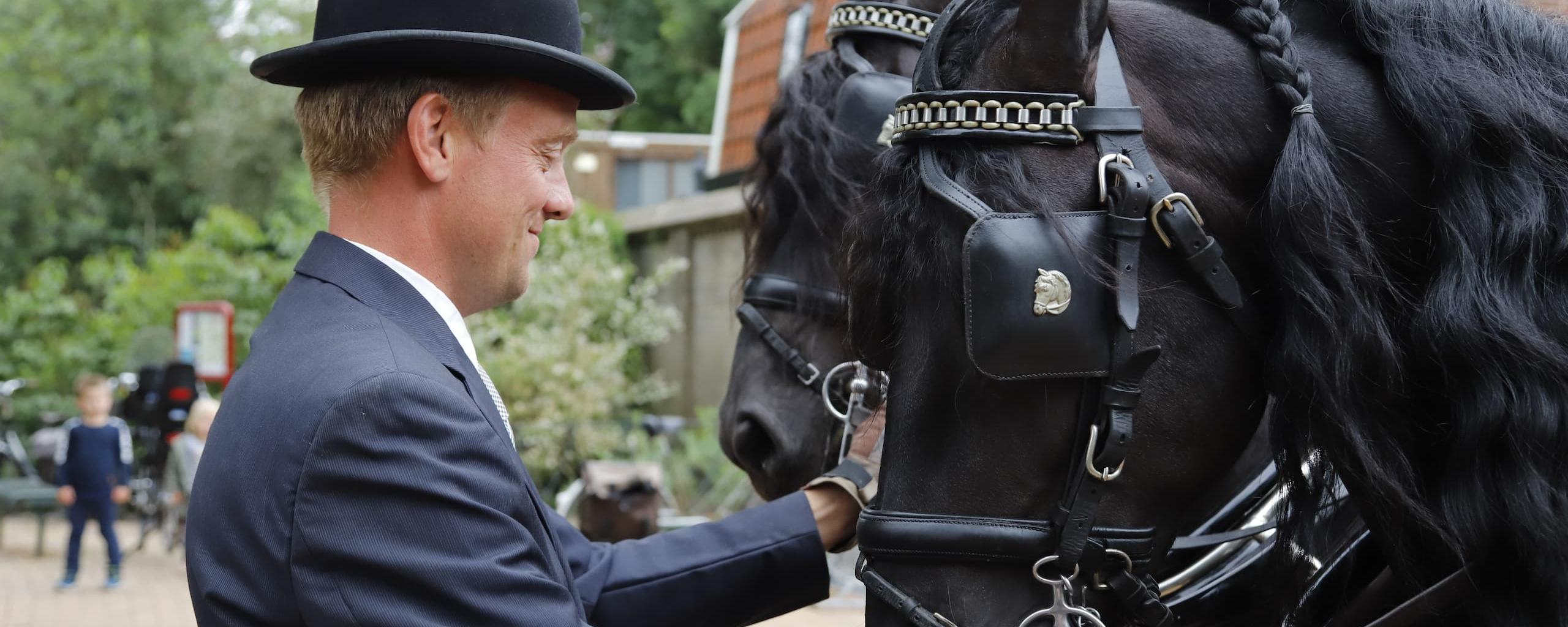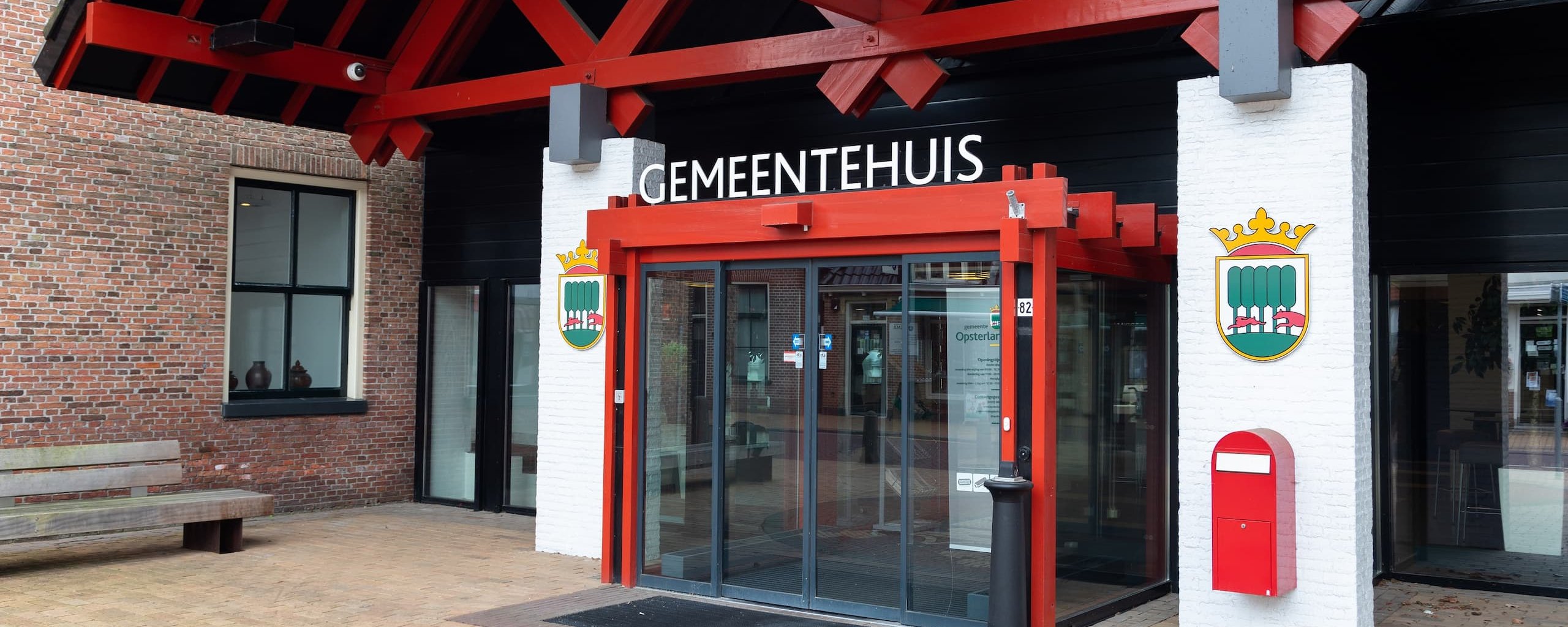History Opsterland
On this page you can read all about the history of our municipality. A history that begins as early as 150,000 BC with the "fist axe of Wijnjeterp.
Learn more about the history of Opsterland?
Then visit the Museum Opsterlân in Gorredijk.

History
People were already living in Opsterland around 150,000 BC. Proof of this is the found "fist axe of Wijnjeterp. Of course, Opsterland was not called Sun. at that time Sun. After that, there is no evidence of human presence for quite a while. Only again around 15,000 BC. That people lived then we know because of the objects found on the territory of Opsterland. In the Fries Museum you can admire stone tools, bronze objects and shards of pottery from Opsterland. Some very special finds, such as the fist axe from Wijnjeterp from 150,000 BC, are on display in the permanent exhibition at Museum Opsterlân in Gorredijk.
Those living high on sand
The name "Opsterland" was first used in 1395, although it was in a somewhat different form than today. The name then was Upsateraland. Up is "up" and satyr is "sitting on. So Opsterlanders are "sitters," the people living high on the sand. The name Superhaudmare also appears in the 14th century as a designation for this region. Freely translated it means above-head-flow. That main stream is then the river 'It Alddjip' (Koningsdiep), which forms the heart of Opsterland.
